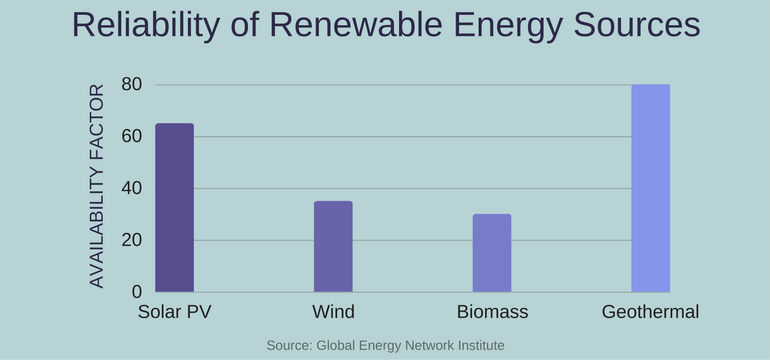ADVERTISEMENTS: Energy is one of the most important component of economic infrastructure. It is the basic input required to sustain economic growth. There is direct relation between the level of economic development and per capita energy consumption.
Simply speaking more developed a country, higher is the per capita consumption of energy and vice-versa. India’s per capita consumption of energy is only one eighth of global average.

This indicates that our country has low rate of per capita consumption of energy as compared to developed countries. Two Main Sources of Energy: The sources of energy are of following types. ADVERTISEMENTS: Commercial Energy Sources: These are coal, petroleum and electricity. These are called commercial energy because they have a price and consumer has to pay the price to purchase them. (a) Coal and Lignite: Coal is the major source of energy. Coal deposits in India are 148790 million tonnes.
NON-CONVENTIONAL ENERGY SOURCES (10ME754) Department of ME, ACE. Unit-1 Introduction The word ‗energy‘ itself is derived from the Greek word. When one notes that oil provides about 30% of the world‘s need for.
Total lignite reserves found at Neyveli are 3300 million tonnes. In 1950-51, annual production of coal was 32 million tonnes. In 2005-06, annual production of coal was 343 million tonnes. Lignite production was 20.44 million tonnes in 2005-06.
According to an estimate, coal reserves in India would last about 130 years. India is now the fourth largest coal producing country in the world. Coal deposits are mainly found in Orissa, Bihar, Bengal and Madhya Pradesh.
 It provides employment to 7 lakh workers. (b) Oil and Natural Gas: In these days oil is considered as the most important source of energy in India and the world. It is widely used in automobiles, trains, planes and ships etc. In India it is found in upper Assam, Mumbai High and in Gujarat.
It provides employment to 7 lakh workers. (b) Oil and Natural Gas: In these days oil is considered as the most important source of energy in India and the world. It is widely used in automobiles, trains, planes and ships etc. In India it is found in upper Assam, Mumbai High and in Gujarat.
The resources of oil are small in India. In 1950-51, the total production of oil in India was 0.3 million tonnes. It increased to 32.4 million tonnes in 2000-01. Despite tremendous increase in oil production. India still imports 70% of has oil requirements from abroad.
In 1951, there was only one oil refinery in Assam. After independence 13 such refineries were set up in public sector and their refining capacity was 604 lakh tonnes. After implementation of economic reforms, private refineries are also engaged in oil refining. As per current rate of consumption, oil reserves in India may last about 20 to 25 years. (c) Electricity: Electricity is the common and popular source of energy. It is used in commercial and domestic purposes.
It is used for lighting, cooking, air conditioning and working of electrical appliances like T.V., fridge and washing machine. In 2000-01 agriculture sector consumed 26.8%, industrial sector 34.6% and 24% of electricity was used for domestic purposes and 7% was used for commercial purpose. Railways consumed 2.6% and miscellaneous consumption was 5.6%.
There are three main sources of power generation: 1. Thermal Power 2.
Hydro-electric power 3. Nuclear Power 1.
Thermal Power: It is generated in India at various power stations with the help of coal and oil. It has been a major source of electric power. In 2004-05, its share in total installed capacity was 70 percent.

Hydro electric Power: It is produced by constructing dams over overflowing rivers. For example Bhakra Nangal Project, Damodor Valley Project and Hirakund Project etc. In 1950-51, installed capacity of hydro-electricity was 587.4 MW and in 2004-05, it was 19600 MW. Vray for 3ds max 2015. Nuclear Power: India has also developed nuclear power. Nuclear Power plants use uranium as fuel.
This fuel is cheaper than coal. India has nuclear power plants at Tarapur, Kota (Rajasthan) Kalapakam (Chennai) Naroura (UP). Its supply accounts for only 3 percent of the total installed capacity. Non-Commercial energy Sources: These sources include fuel wood, straw and dried dung. These are commonly used in rural India.
According to an estimate, the total availability of fuel wood in India was only 50 million tonnes a year. It is less than 50% of the total requirements. In coming years, there would be shortage of fire wood. Agricultural wastes like straw are used as fuel for cooking purposes.